Coma Berenices, or Berenice's hair, is a northern hemisphere constellation that doesn't look much like the object it's supposed to represent, which nonethelessresides in a fascinating patch of the sky.
Once considered part of Leo, Coma Berenices is now a constellation in its own right: one of the 88 officially recognised star patterns.

It can be found surrounded by bordering constellations Boötes, Ursa Major, Leo and Virgo, and lies next to Canes Venatici.
Coma Berenices is best seen in the northern hemisphere, and because it is visible during spring and summer it is a great region of the sky in which to observe deep-sky objects during Galaxy Season.
Some of the most recognisable galaxies located within Coma Berenices include M64, the Black Eye Galaxy; NGC 4565, the Needle Galaxy and the northern section of the Virgo Cluster.
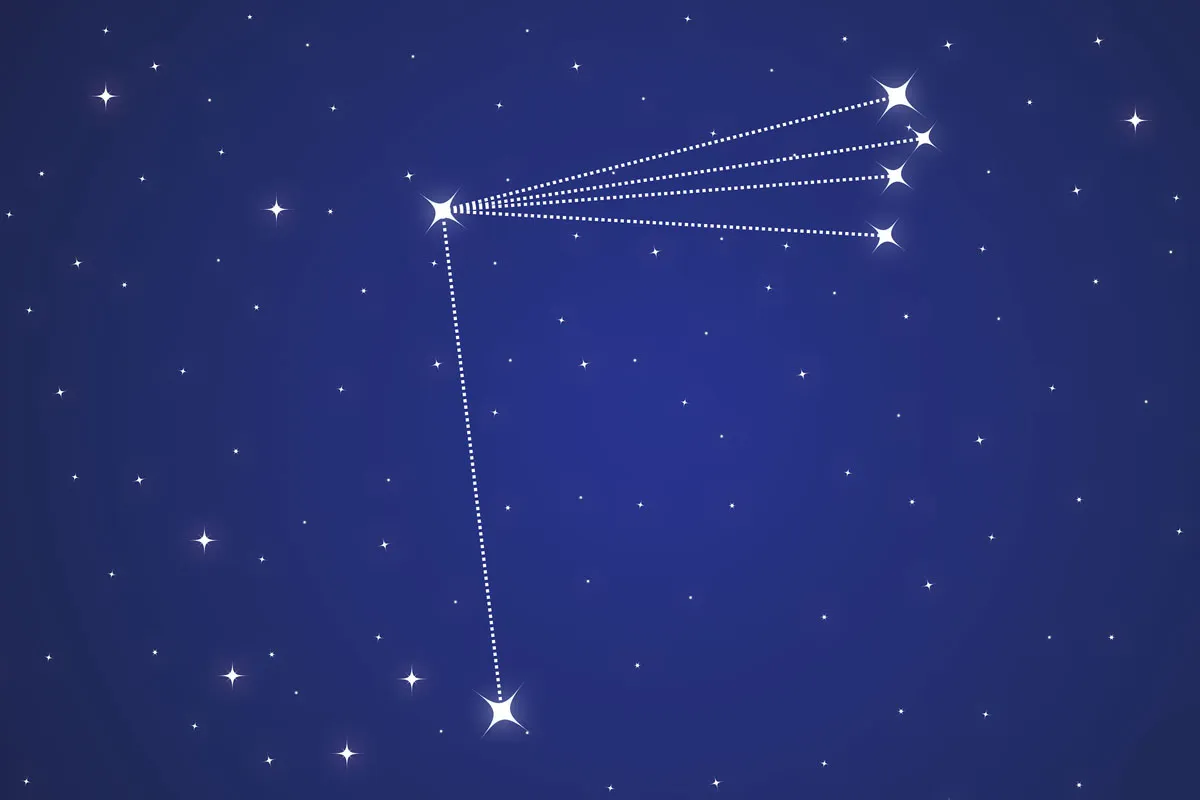
When Coma Berenices is prominent in the sky, do it justice by getting out your telescope and taking a closer look at some of its galactic delights.
To help, here are 6 of our favourite deep-sky objects located in Coma Berenices. All of these deep-sky targets are best seen with a medium or large aperture telescope.
For help finding each target, download our Coma Berenices deep-sky tour chart(PDF).
6 deep-sky objects in Coma Berenices
1
M64
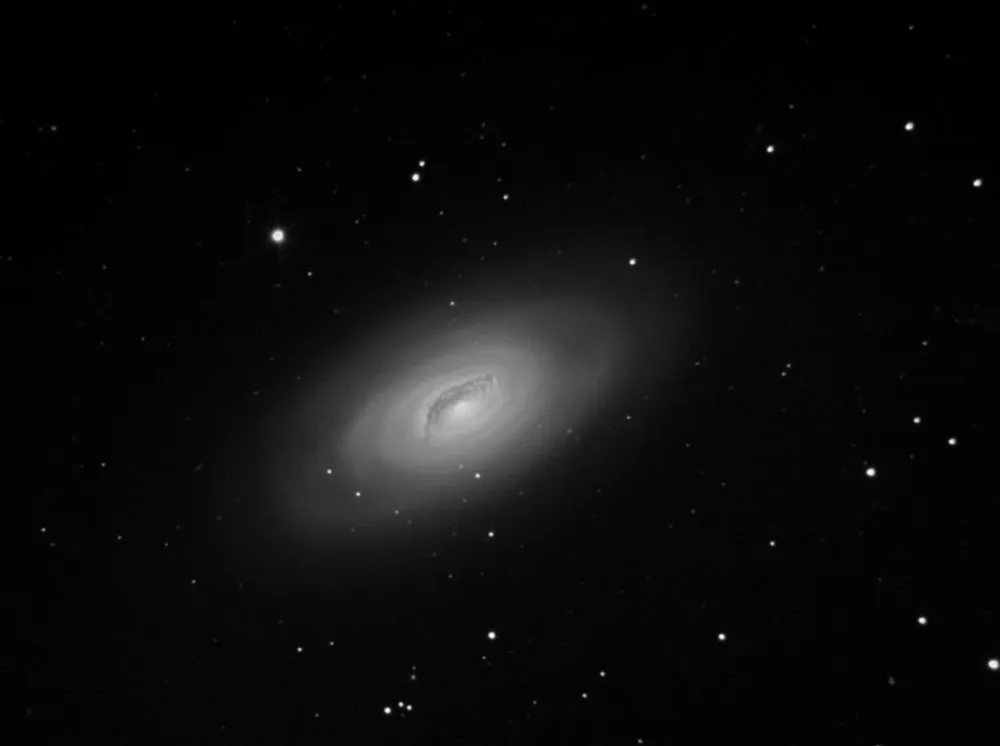
M64, the Black Eye Galaxy, is so-called due to a dark dust lane arcing around one side of its core. To locate M64 manually, start at mag. 4.2 Beta (β) Comae Berenices.One-degree west is 41 Comae Berenices and 3˚ west-southwest of this star lies 35 Comae Berenices. Mag. 8.5 M64 sits one-quarter of the way along the line from 35 Comae Berenices to 41 Comae Berenices.
Smaller scopes show an elliptical glow with a prominent nucleus. A 150mm instrument reveals the dark patch, but it’s fainter than photos of M64 would suggest. It's more like a faint arc visible with averted vision though small scopes. A 250mm instrument shows the ‘black-eye’ best with direct vision at 200–250x power. M64 lies 17 million lightyears away and is inclined at 60˚ to our line of sight.
2
NGC 4725
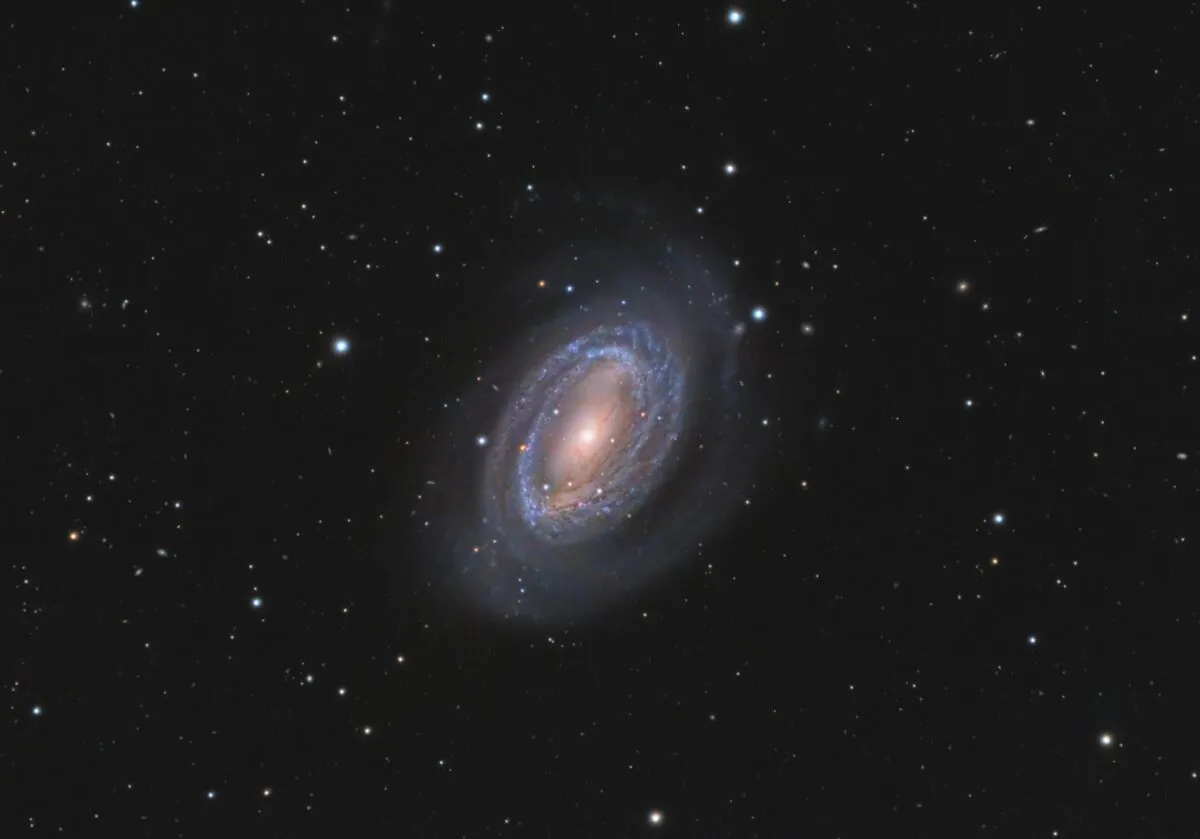
M64 sits to the southeast of a large naked-eye open cluster called Melotte 111, a triangular smattering of stars bright enough to form part of the Coma Berenices constellation. The top of the triangle is marked by mag. 4.3 Gamma (γ) Comae Berenices and our next target, mag. 10.1 barred-spiral galaxy, NGC 4725 sits 1.6˚ west and 0.6˚ south of this star.
A small telescope shows the galaxy as an elongated glow, around 7x5 arcminutes in size, with a small core. A 300mm scope shows the core to be extended in size, its barred nature quite evident. The faint halo surrounds the core, something which becomes evident with larger apertures.
3
NGC 4565
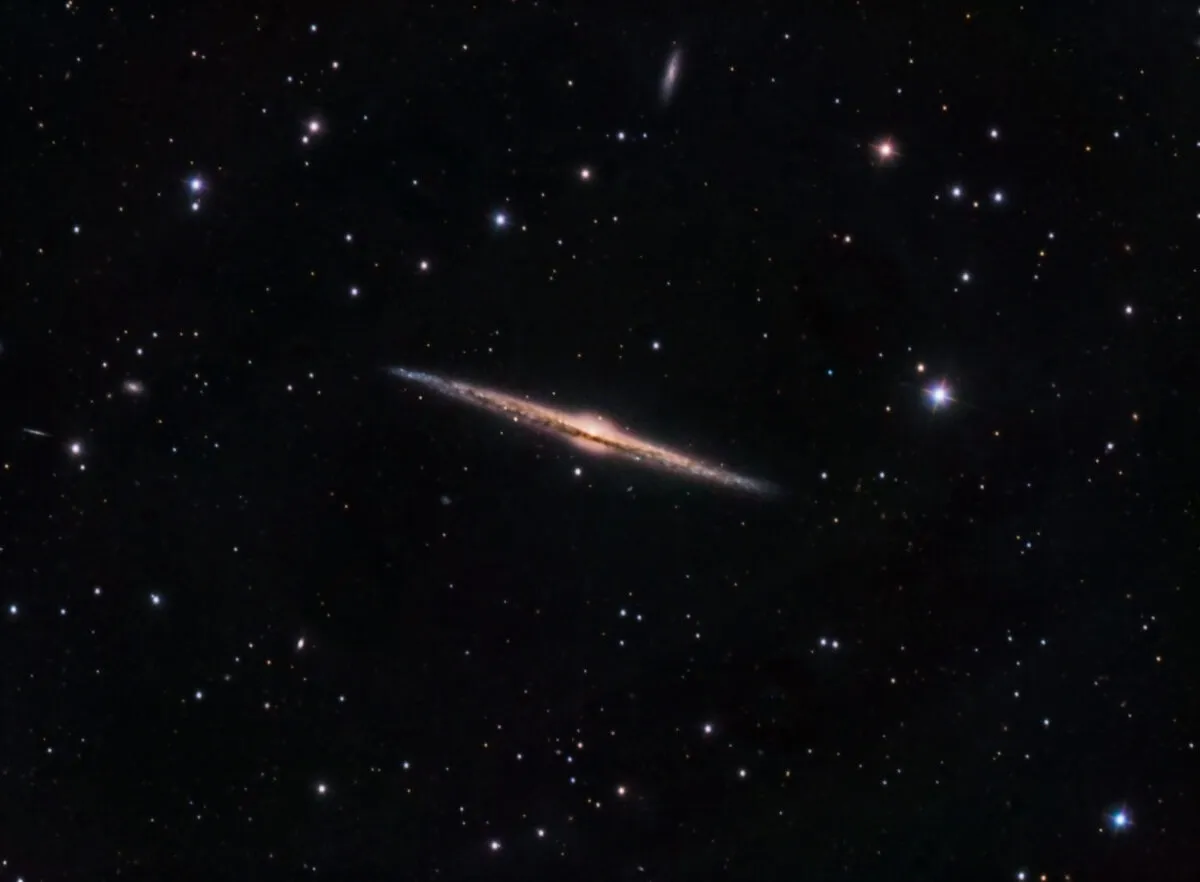
We hop back to the east of Melotte 111 for the edge-on galaxy NGC 4565, also known as the Needle Galaxy. This is a real beauty, shining at mag. 9.5. The best way to locate it is to start from Gamma Comae Berenices and head south along the eastern side of Melotte 111. Star-hop to 14, 16 and 17 Comae Berenices, and then head 1.7˚ east from 17 Comae Berenices to arrive at NGC 4565.
A 150mm scope shows a narrow, needle-like streak of light 7 arcminutes long, 1.5 arcminutes wide and aligned northwest-southeast. A 300mm scope more than double’s the ‘needle’ length, also revealing a short section of the dark dust lane that runs along its edge.
4
NGC 4494

Located 1˚ west of NGC 4565 is mag. 9.7 NGC 4494, another galaxy but this time an elliptical. This is a distant object, 45 million lightyears away. Its designation is E1-2, just a couple of levels off a sphere (E0).
A 150mm scope will show it as a 1 arcminute fuzzy glow. A 250mm scope starts to reveal a north-south elongation in its shape. NGC 4494 appears again like a glowing fuzz-ball through such an instrument, brightening at the centre, where its star-like nucleus can be found. While looking at NGC 4494 through the eyepiece, ponder how it looks in comparison to the other spiral galaxies we’ve seen. Ellipticals can be challenging objects!
5
NGC 4559
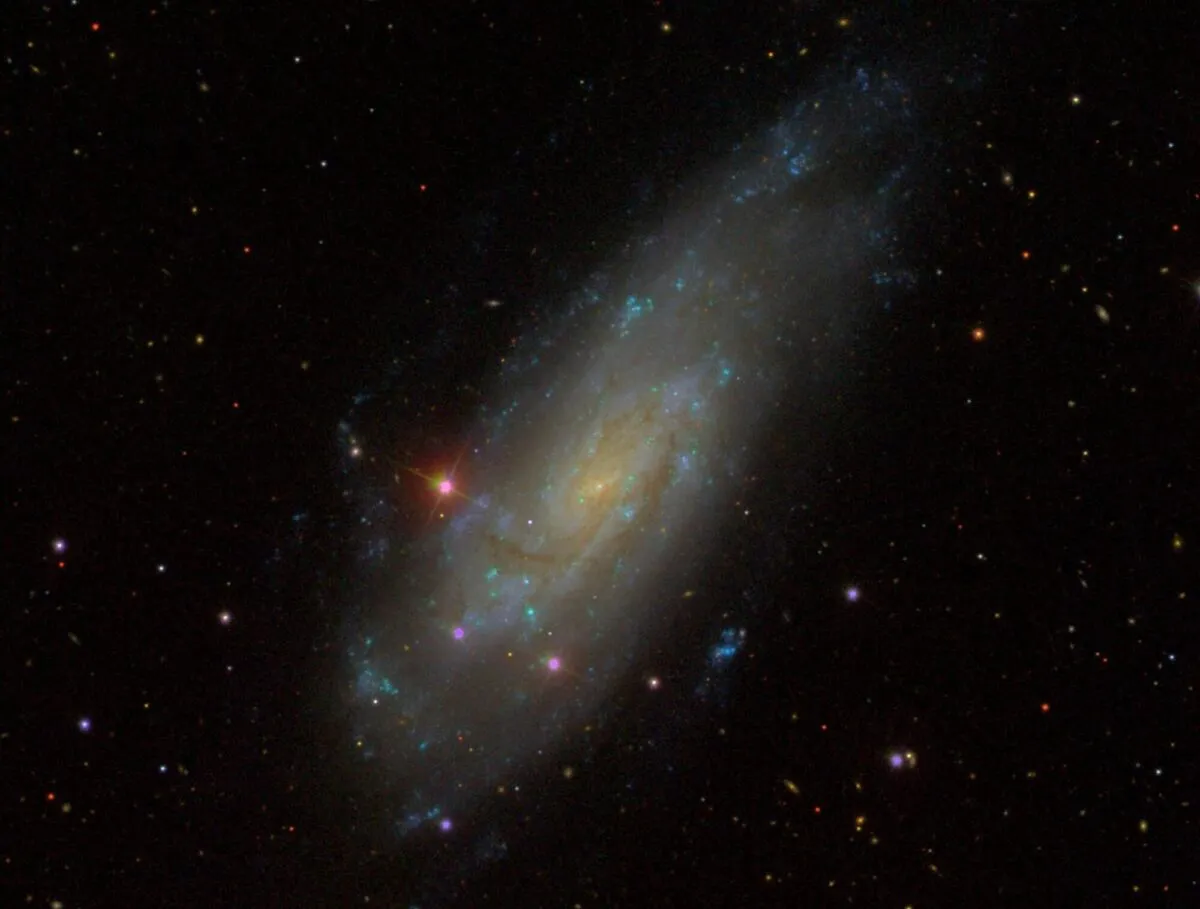
Next, head back to NGC 4565 and then 2˚ north to arrive at our next target, mag. 9.9 NGC 4559. This object can be seen clearly in a small scope but like most galaxies, it benefits from increased aperture.
It’s an intermediate spiral – one deemed as having a structure between that of a regular spiral and one with a barred core – and lies at a distance of 29 million lightyears. Like NGC 4565, the orientation is roughly northwest to southeast, the southeast end of the galaxy appearing to fade more abruptly than that to the northwest.
6
NGC 4278
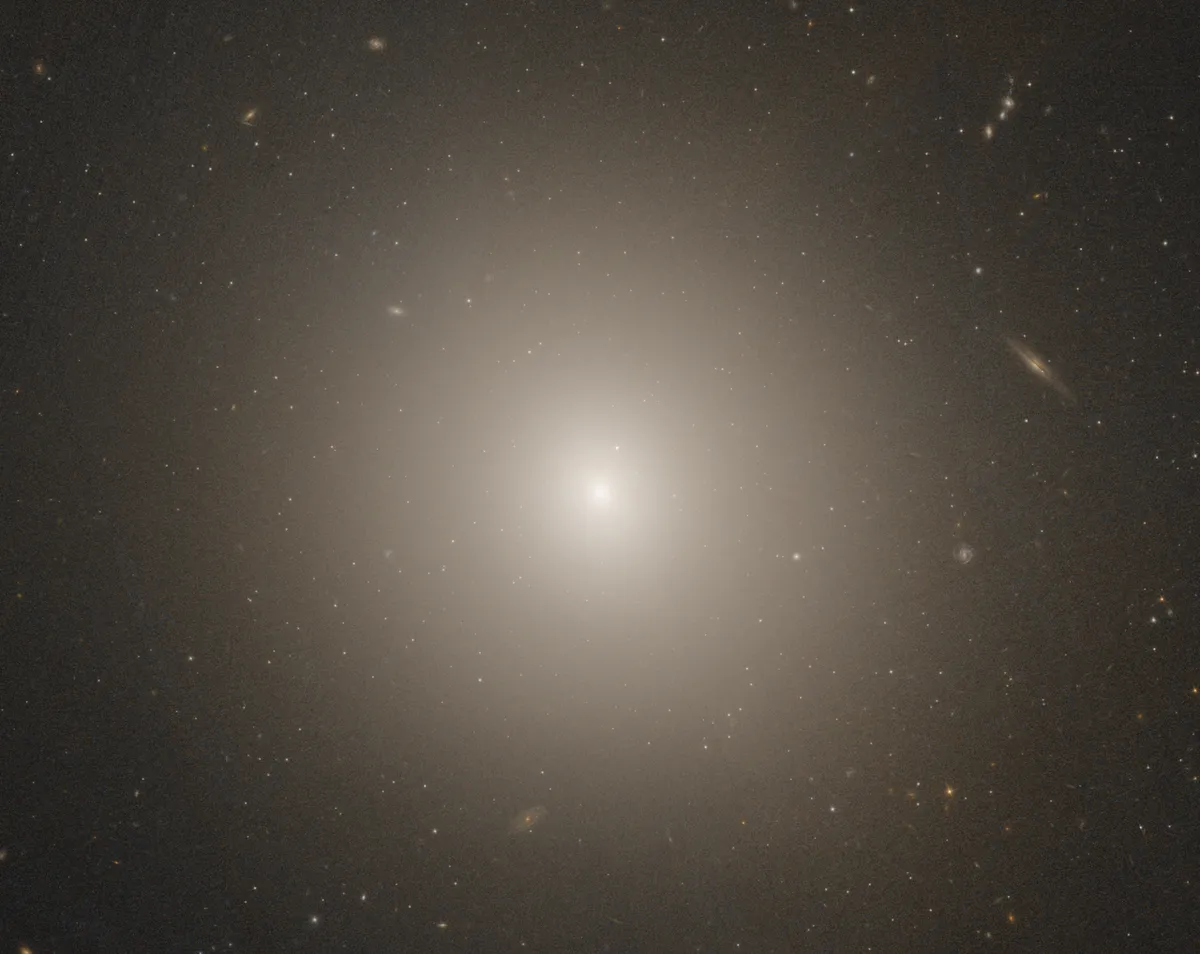
We return north for elliptical galaxy NGC 4278. Come back to Gamma Comae Berenices and head 1.6˚ west to locate mag. +6.4, 9 Comae Berenices. Next, manoeuvre 1.1˚ north and you’ll be in the right vicinity.
NGC 4278 shines with an integrated mag. +10.2 and (like NGC 4494) is classed as an E1-2 type elliptical. There are several other galaxies here too, with 12th magnitude NGC 4283 located 3.5 arcminutes to the north-northeast.
This guide originally appeared in the March 2022 issue of BBC Sky at Night Magazine.
